How we test induction pans: behind the scenes of our expert tests
Not all cookware is created equal, so we put these pans sets to the test
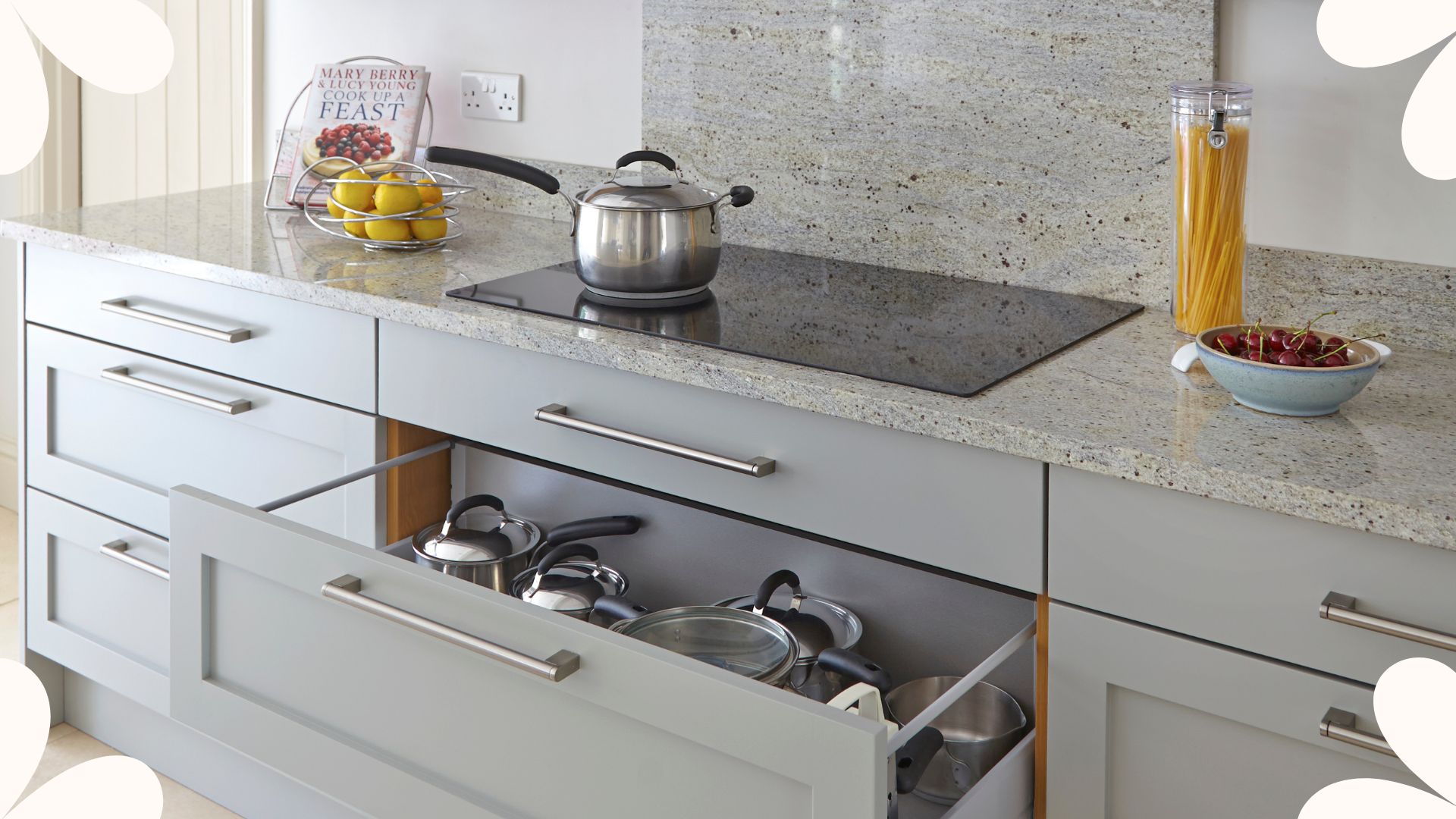

Discovering which induction pans can handle the heat and which just look pretty requires an expert eye. At woman&home we're meticulous in how we test induction pans because we know we need to share reliable results with you. Here's how we find the perfect pan for every price point, size, style, shape, and weight.
Behind the scenes of all our recipes and reviews, we have a whole team of cooking experts. All day, every day they make caramels, jams, soups, sauces, pastas and more. This means that they're encyclopaedias for finding the best induction pans for every kind of cook.
We ask them to assess every set of induction pans we think you'd like. We look for premium performance, excellent quality, and well-considered design across a range of price points. The food team also take notes on everything from unboxing, cleaning, and storing, giving you a holistic idea of which induction pans are the best and which can't stand up to the test.
So, if you've ever coveted a chef's set of pans, hanging on display in a kitchen, or admired the innovative features integrated into a stackable set, here's how we test induction pans (which, by the way, is informed by our overarching how we test policy at woman&home).
Why we talk about first impressions and unboxing
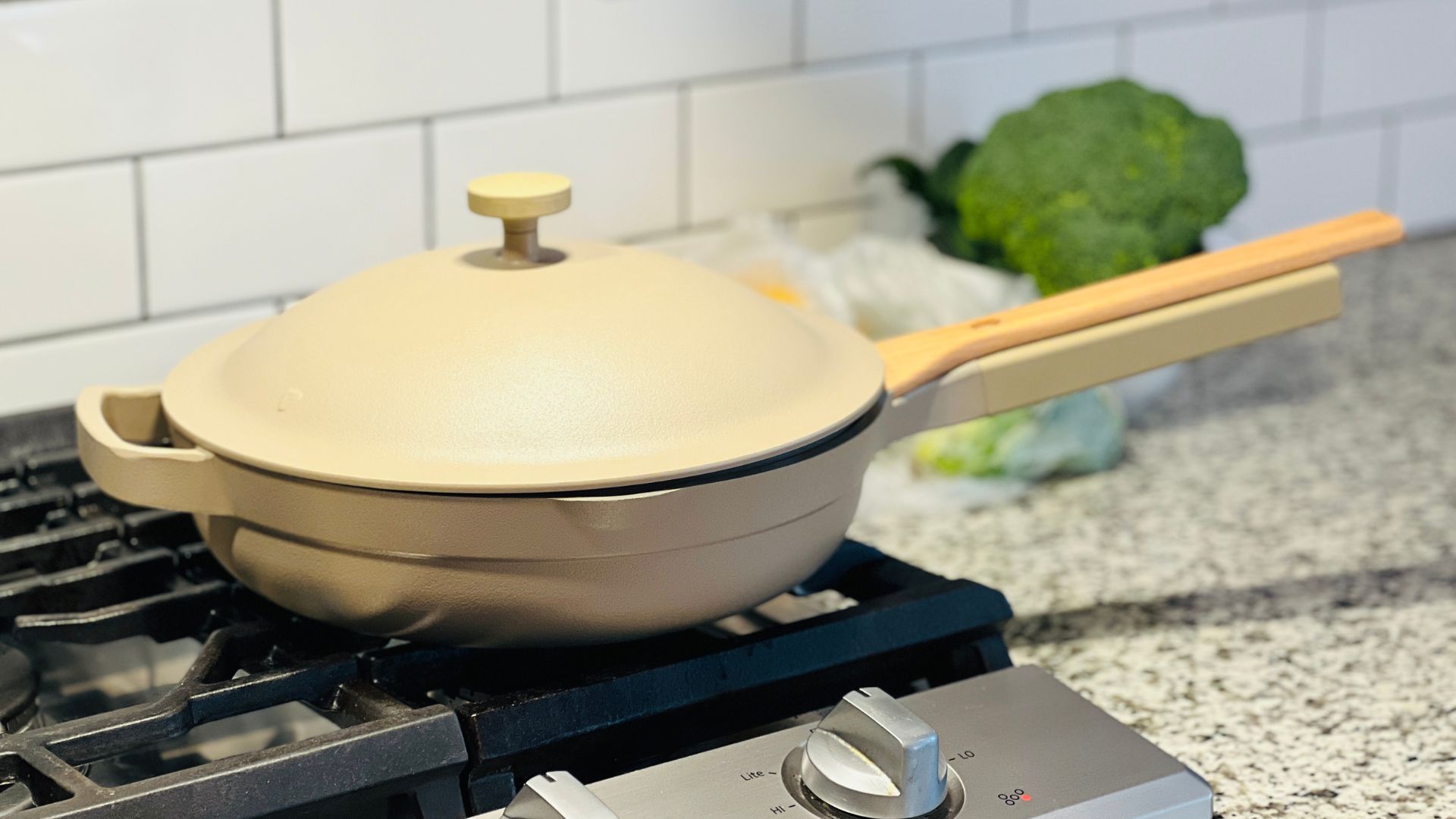
Our Place Always Pan tested by one the w&h team
When we're assessing pans on how they look and feel, there's a lot to cover. Most obviously, we let you know how to style them in your kitchen – like the Greenpan Stanley Tucci pan we reviewed.
Some pans will be statement pieces that you want to keep on display and others will put function over form. There's nothing wrong with some utilitarian designs, but it's worth knowing about before you invest.
It's just as important to know what these pans are like to hold. Some handles have soft grips and comfortable shaping. They might be deceptively light or heavy, which will affect how inclined you are to reach for them off the shelf or out of the drawer.
Sign up for the woman&home newsletter
Sign up to our free daily email for the latest royal and entertainment news, interesting opinion, expert advice on styling and beauty trends, and no-nonsense guides to the health and wellness questions you want answered.
The design is more than skin deep though. We have a whole section dedicated to materials, but we'll always let you know in our first impressions about how the pan has been made. For example, if your handle has been welded to the main body of the pan, it's likely to be a lot more durable.
These kinds of features might also affect whether yours is oven-safe and which temperatures you can take it up to. We'll make notes about whether your pans (and their lids) can go in the oven and the dishwasher. Although, you'll hear more on that later.
What we test in the kitchen
The one thing you can't know just from reading product descriptions are what these are like in-person. Our experts use these pans every day, five days a week. Some of the sets get integrated into our test kitchen set-up, so we get several years of testing experience to tell you about.
We look for functionality, durability, versatility, and style. The best way to test this is with our recipes. When we've developing for a specific season, of course, we'll use the pans for all of our meals. However, we also have a series of standard tests that we put every pan through. That way, it's easy to make direct comparisons across different brands.
Testing scrambled eggs and porridge
When we have smaller pans, we'll make scrambled eggs and porridge. Not only are these some culinary classics, but they're a great way for us to check a number of features of the pan. If the heat control is well-distributed, the eggs will keep some runniness and the porridge won't burn. If the non-stick has done its job, the clean-up will be a breeze too.
Almost every pan should be able to fly through these tests and it's really important that they do. Scrambled eggs and porridge are breakfast staples and you don't want to start your day off being frustrated by the state of your pan.
Testing caramel
The next, more challenging test will work on the temperature sensitivity of the pan, as well as the non-stick and heat consistency, of course. This test really calls for caramel, since it's notoriously sensitive. We don't want to burn the caramel, it needs to get thicker, under our careful control. If we can make some smooth chewy caramel without breaking a sweat, it has our seal of approval.
Testing onion
At this stage, we'll also run an onion test. Frying onions works across a range of temperatures and they give really visible results. Fried onions slowly caramelize, going soft and tender too. This shouldn't be sudden, we don't want our onion to be raw in the middle, but we want it to still have some bite too.
Our experts listen for sizzle when we turn up the heat and we want consistently cooked, golden onions within five minutes. We test the sound of the sizzle by increasing the heat in different steps, that way we can check the temperature sensitivity of each pan too.
Testing pasta and special features
Finally, a great test for larger pans is pasta or potatoes. How long it takes for water to be brought to the boil is another great way to check the temperature distribution across the pan. Once the water is boiling, we'll pop in the pasta, set the lid on, and get the timer running. It's useful to watch the pan. If you can see water bubbling over through the lid, you get some great warning on whether it's going to overflow. This is one of the biggest tasks you'll ask of your pan too, in terms of capacity, so this is a great way to test how practical it is and which homes it would suit.
If a pan set comes with speciality claims or any special extras, we'll make a note of these and make sure to test them out, from stackable design, indicator rings, and heat-resistant handles, to a special shape for a specific meal (often paella). That way, we can let you know everything you need to before you dive into a purchase.
Looking at cleaning, storage, and maintenance
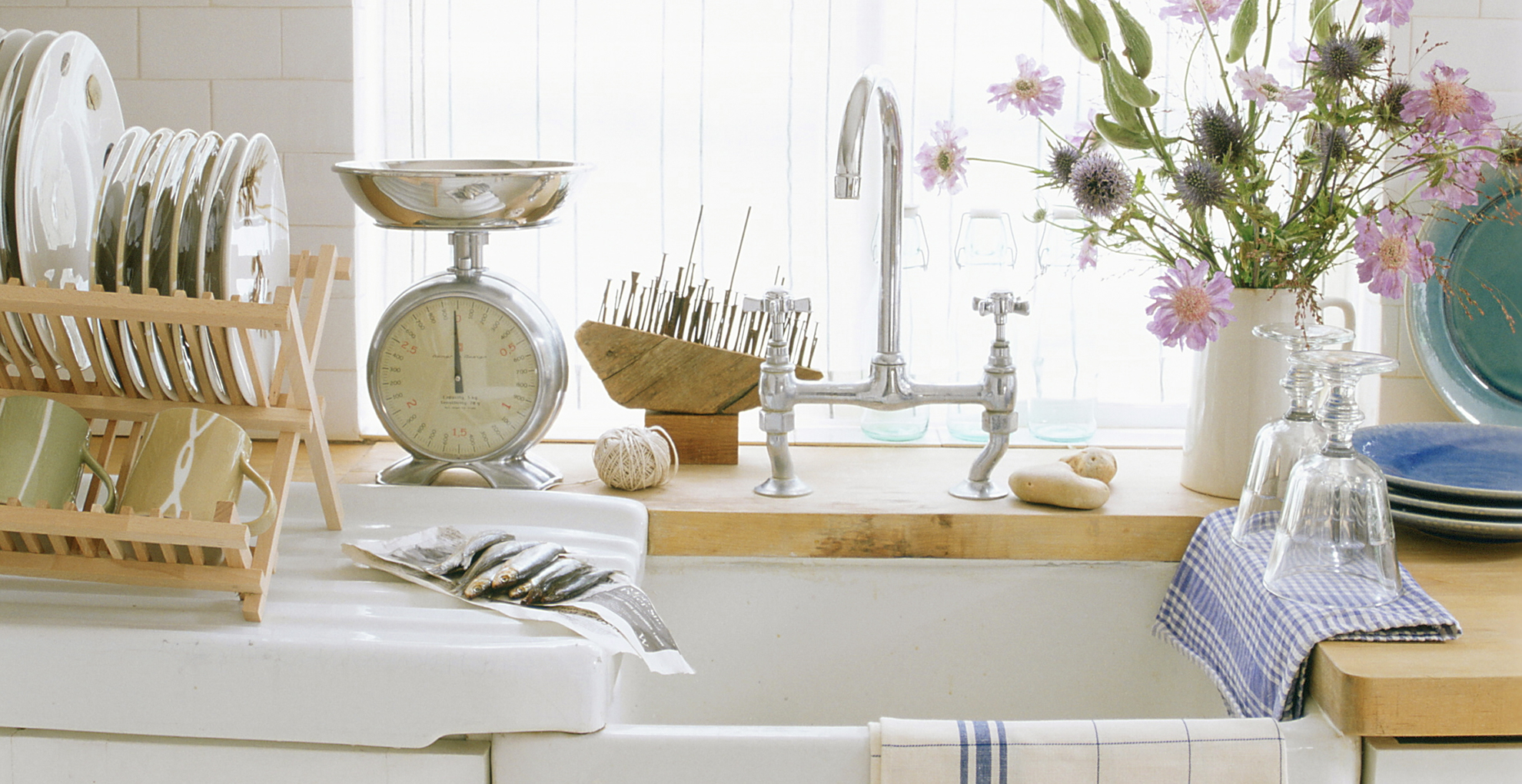
Non-sticks are made from a range of materials, so there's no easy rule for checking whether something is dishwasher-safe. We'll check the instructions and manufacturer information to find out whether we can put the pans through a dishwasher cycle or not. If we can, we will, and we'll also let you know how many cycles it needs to go through before it's actually clean.
It's always helpful if yours is dishwasher safe, but if it's not, there might be some useful cleaning features. Some pans come with a gentle scrubbing brush, which is safe to use with your pan. This is especially relevant when cleaning burnt pans.
Sometimes surfaces can scratch and damage. Rosie Conroy, one of our expert testers, says "When it comes to cleaning products, we’d avoid using anything harsh or abrasive on these pans."
In the test kitchen, we use Ecover and Method dish soaps and silicone scrubbing brushes. Sponges are equally effective. Try to avoid wire wool at all costs and let burns soak for as long as possible.
After we've cleaned up, we think about where the pans can go in the kitchen. We have lots of different cupboards, drawers, shelves, and racks that we try hanging and stacking the pans in. This means that we can let you know the best place, space-wise, to keep your pans tidy and out of the way.
Why we talk about materials
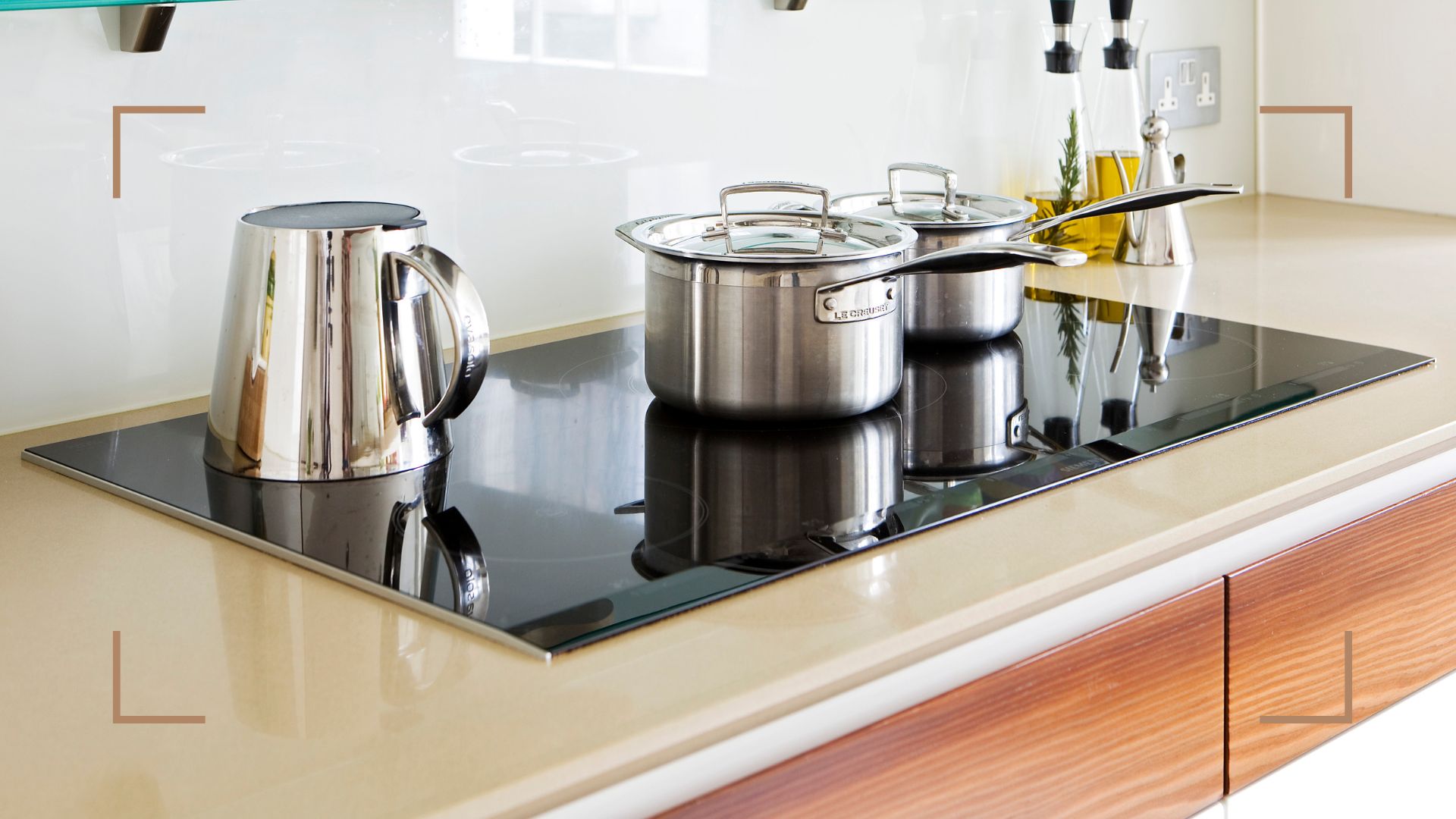
Induction-friendly materials come in a range of compositions. Stainless steel and cast iron are often the main materials used in induction pans because induction heating works through iron atoms. That's why some stainless steel pans aren't induction hob-friendly; they have low iron contents. We like to look a little deeper than just iron content though.
Stainless steel is not the same across all pans. Yours will need a magnetic base or should be made out of 18/0, 18/8, or 18/10 stainless steel (if you're interested the first number represents the chromium content, and the second number represents the nickel content). The bigger the second number, the more resistant to corrosion and shiny it will be.
The non-stick of your pan is super important too. Teflon and non-stick plastics are brilliant and probably the most common linings that you'll find on your pan. However, if you scrape these and damage them, you'll need to throw the pan away, since it becomes bad for your health (you should never ingest the non-stick coating).
Ceramic-coated pans, cast iron, or plain stainless steel are much safer options and you can be tougher with your washing up. However, your food is more likely to stick and burn in them. As always, there are pros and cons to both.
How we assess value and warranty
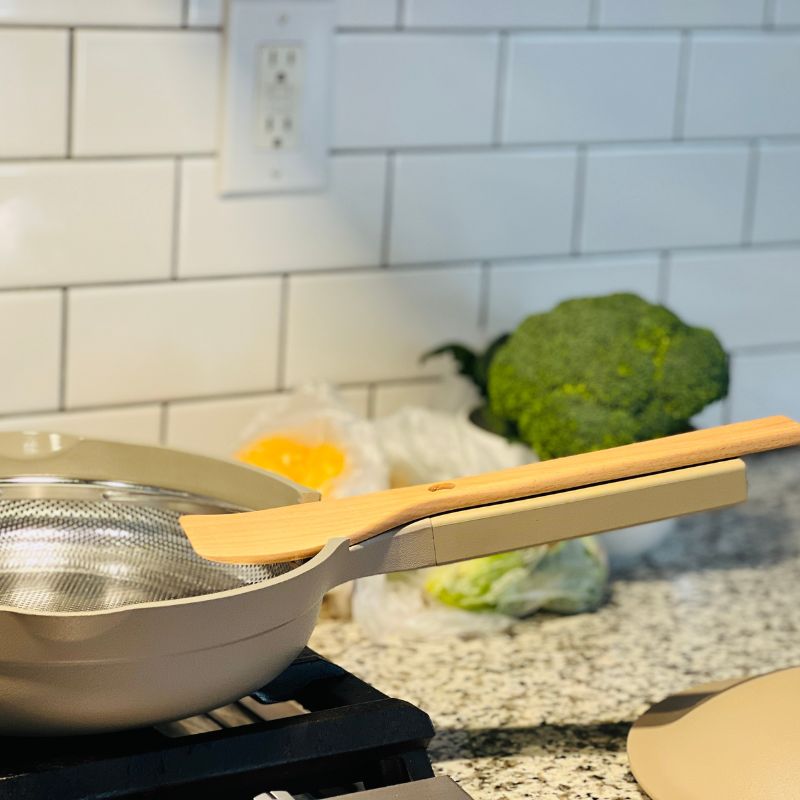
There's always a balance to strike between what you pay for and what you get. If you like a label, you know you'll be paying a little more (think Le Creuest and Smeg). If a pan is endorsed by a chef, such as the Tefal Jamie Oliver collection, it's also highly likely that you'll pay a premium. However, if you go for really basic pans, without guarantees, you run the risk of losing out on longevity.
We love it when pans are guaranteed for at least ten years (some are even guaranteed for a lifetime). However, these often come with caveats around whether you put them in the dishwasher and you won't be able to claim for discolouration.
Top tip: Always keep a look out for induction pan discounts in seasonal sales such as the Le Creuset sales and the John Lewis sale.
Coming to a conclusion
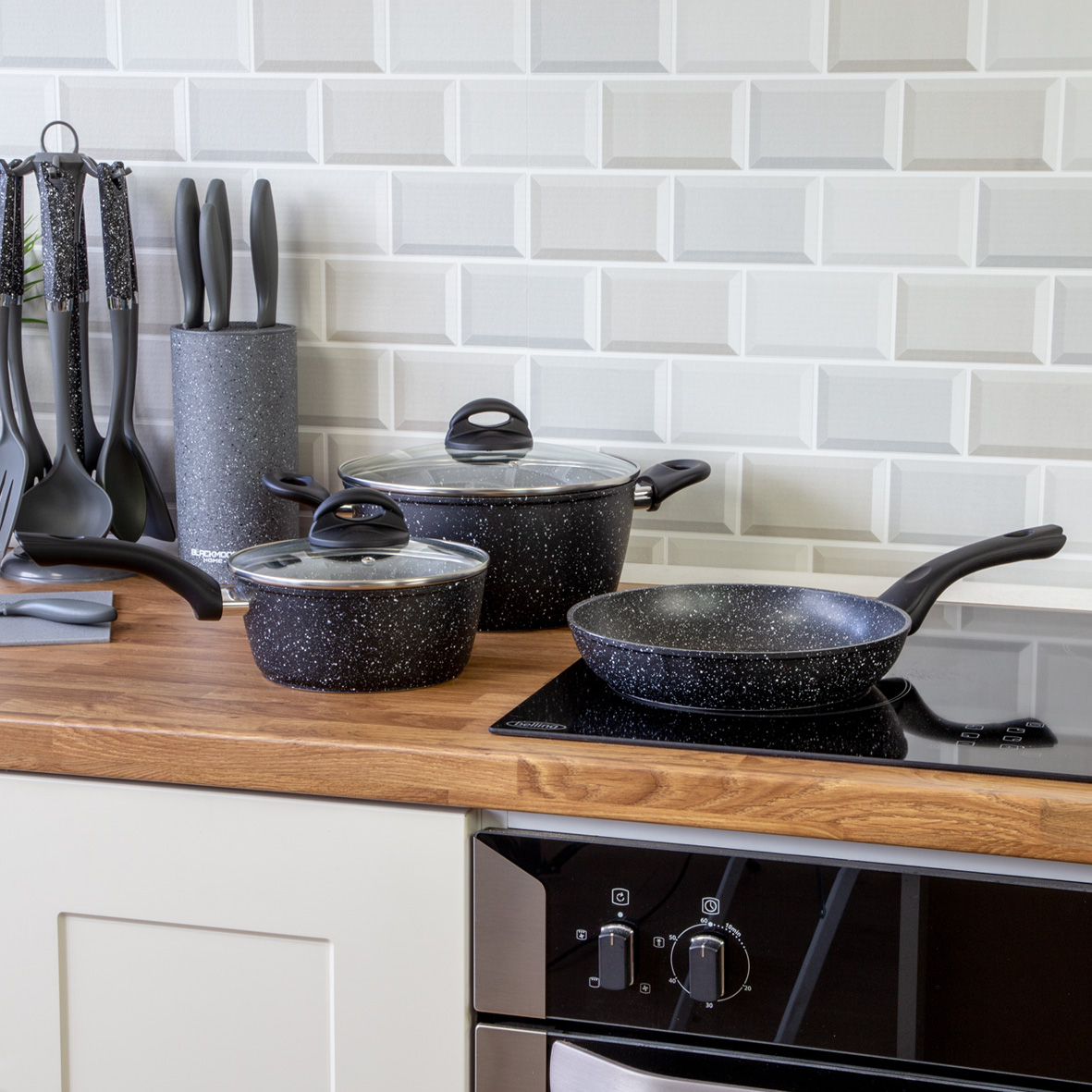
As I've mentioned, our experts work on the best induction pans and portable induction hobs all day long, so they know how each set sits within the market.
We always take a step back, comparing what else you could get for a similar price, what you could get for more money, and what you could get for less. That way, you'll be able to make an informed decision with some well-researched advice from true experts.

Laura is woman&home's eCommerce editor, in charge of testing, reviewing and creating buying guides for the Homes section, so you'll usually see her testing everything from the best dehumidifiers to sizing up the latest Le Cruset pot. Previously, she was eCommerce editor at Homes & Gardens magazine, where she specialised in covering coffee and product content, looking for pieces tailored for timelessness. The secret to her heart is both simplicity and quality. She is also a qualified Master Perfumer and holds an English degree from Oxford University. Her first editorial job was as Fashion writer for The White Company.
-
 The Handmaid's Tale: Does June get Hannah back at the end of season 6?
The Handmaid's Tale: Does June get Hannah back at the end of season 6?It's been June's endgame from the very first moments of The Handmaid's Tale, but will she be reunited with her daughter Hannah at the end of season 6?
By Lucy Wigley
-
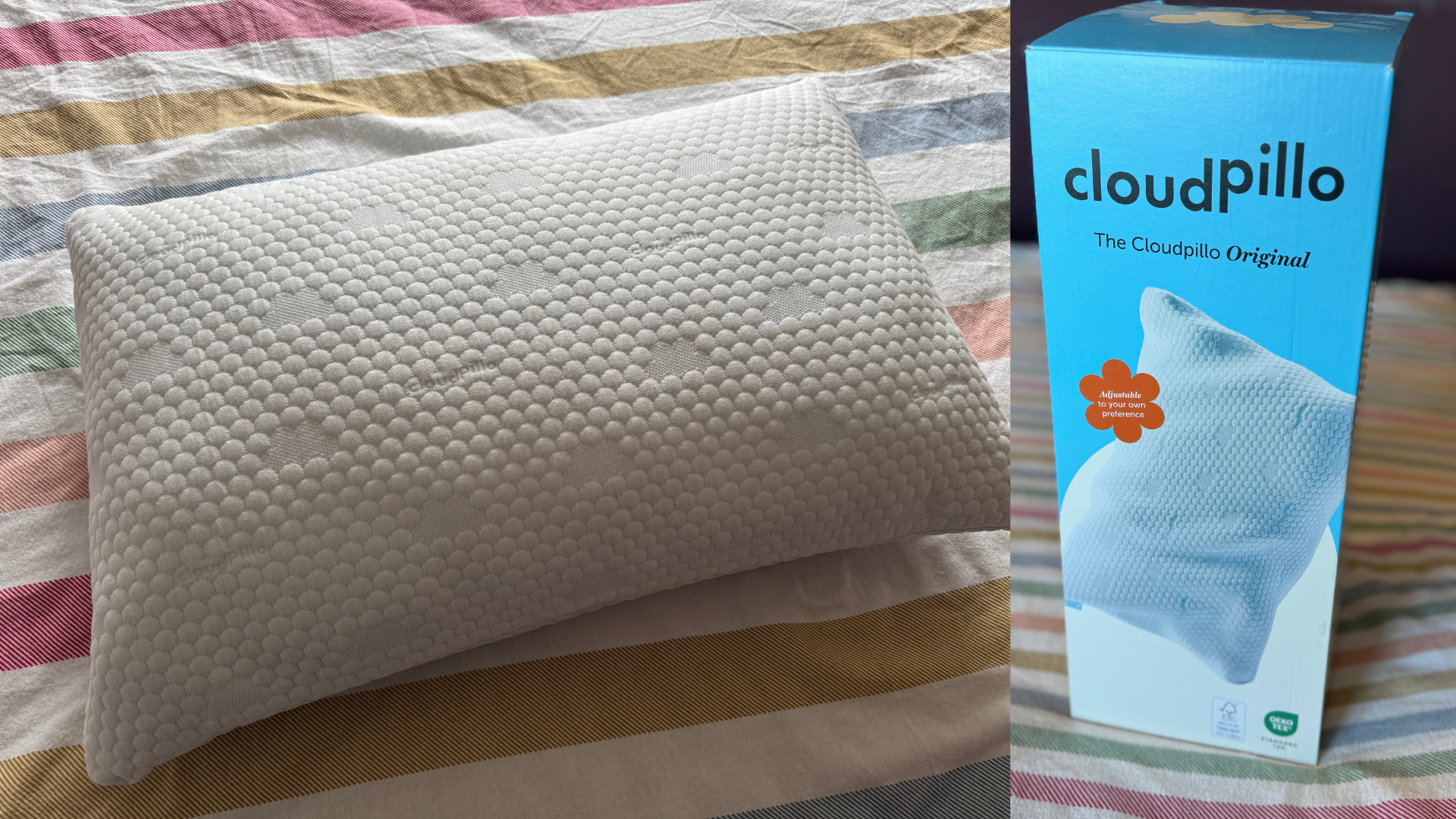 My decades-long quest for the perfect pillow ends here, but forget what you think you know about memory foam
My decades-long quest for the perfect pillow ends here, but forget what you think you know about memory foamPacked full of tiny pieces of shredded memory foam with a dual-sided cover to keep you cool, this is the next best thing to sleeping on a cloud
By Heidi Scrimgeour